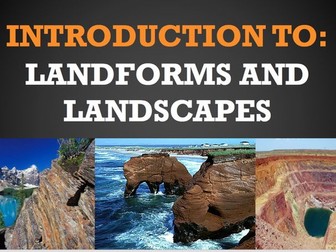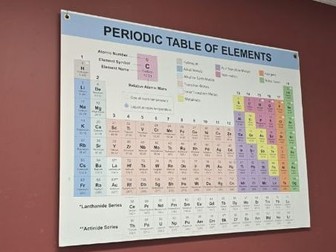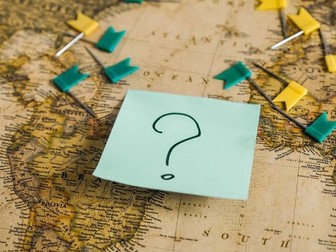Introduction to Landforms and Landscapes
This powerpoint is made for year 8 students based on the Australian Curriculum 8.3.
Has a brief summary on how landscapes differ.
It is a useful teaching tool to help students to elicit the prior knowledge to participate in the game of 'What landscape am I?'



